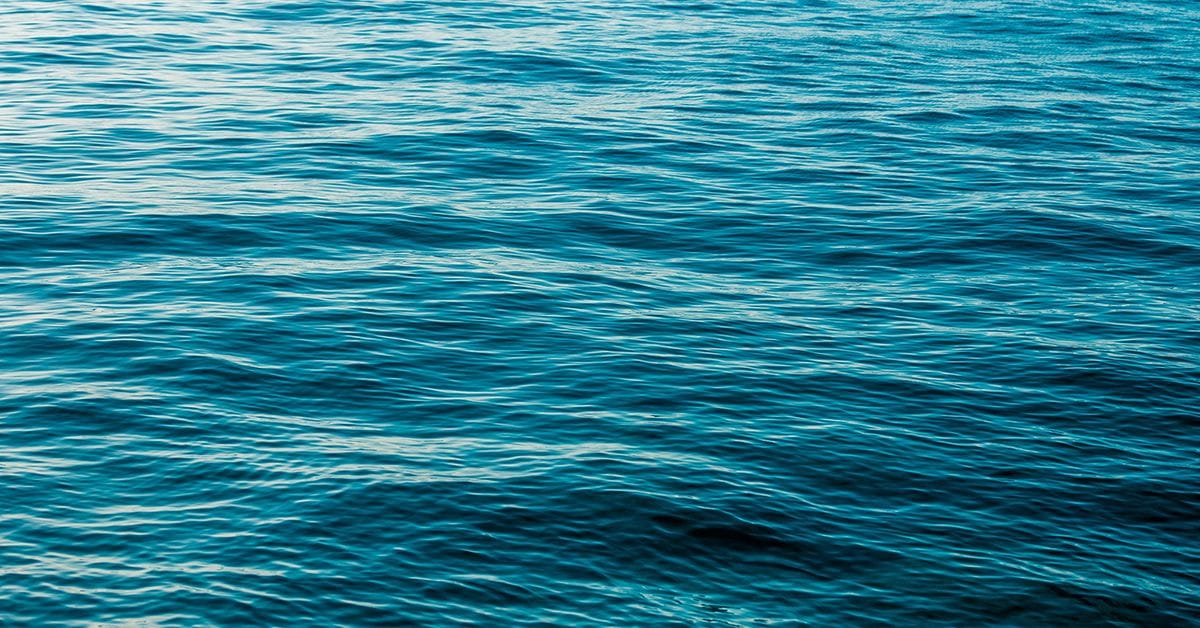The spring meeting of the American Chemical Society (ACS) was held virtually and in person March 26–30, 2023, and featured more than 10,000 presentations on a wide range of science topics. Read on to discover some of the exciting research presented at the meeting.

Microplastics, defined as particles smaller than 5 mm, have become ubiquitous in global waterways and are potentially harmful to animals, plants, and humans.
Microplastics find their way into the environment from a number of sources. Some come from personal care products such as exfoliating face cleansers with plastic microbeads. Others arise indirectly from the breakdown of larger items due to wave action or abrasion on plastic waste, as well as from manmade microfibers that wash into the water supply when we do our laundry.
Most of these microplastics do not decompose naturally but persist in the environment and accumulate in the food chain. They have been found in human blood and have also been linked with various diseases, including cancer.

Microplastics: A Macro Problem
The most common approach for removing microplastics from water is through filtration, but this can be costly and present logistical issues with cleaning and maintenance. As an alternative solution, a team of researchers from New Mexico Tech, USA, are exploring acoustic sound waves as a novel means of separating microplastics from water.
“Because acoustic forces can push particles together, I wondered if we could use them to aggregate microplastics in water, making the plastic easier to remove," says Menake Piyasena, Ph.D., the project’s principal investigator.
The team describes how acoustic waves in a resonating chamber can move particles into selected regions or nodes on the wave—similar to how a magnet can exert force on magnetic particles. When this process is applied to particles suspended in liquid in a tube, they can be moved into specific paths via "acoustic focusing." This allows the plastics to be separated out of the liquid by size.
The prototype device, made from steel tubes and pulsing ultrasound waves, was able to filter one liter of water in 90 minutes and remove 80% of microplastics. The tube size plays a major role, and incorporating bigger or multiple tubes should allow the device to be successfully modified for large-scale applications.
One of the key advantages of the device is its simplicity, since there are minimal parts that can clog or need replacing. The team report that their next steps will involve designing a larger device and testing the method on real-world marine samples.
Watch the video briefing from the ACS Meeting Newsroom:
Explore Related Research from ACS Journals
Enzymes’ Power for Plastics Degradation
Vincent Tournier, Sophie Duquesne, Frédérique Guillamot, Henri Cramail, Daniel Taton, Alain Marty, and Isabelle André
Microbial–Enzymatic Combinatorial Approach to Capture and Release Microplastics
Shepherd Yuen Chan, Max Wang-Tang Wong, Bonnie Tsz Ching Kwan, James Kar-Hei Fang, and Song Lin Chua
Comparison of Growth and Quality between Hydroponically Grown and Soil-Grown Lettuce under the Stress of Microplastics
Chunli Lei and Nicki J. Engeseth
The Association Between Microplastics and Microbiota in Placentas and Meconium: The First Evidence in Humans
Shaojie Liu, Xinyuan Liu, Jialin Guo, Ruoru Yang, Hangwei Wang, Yongyun Sun, Bo Chen, and Ruihua Dong
Using Adhesives to Capture Microplastics from Water
P. Takunda Chazovachii, Julie M. Rieland, Violet V. Sheffey, Timothy M. E. Jugovic, Paul M. Zimmerman, Omolola Eniola-Adefeso, Brian J. Love, and Anne J. McNeil
